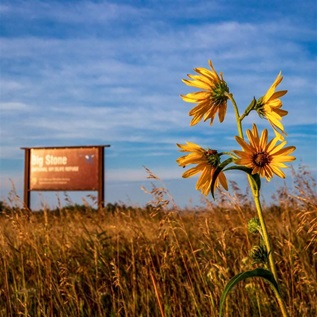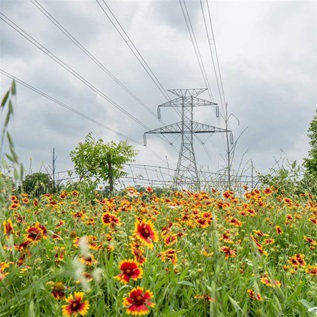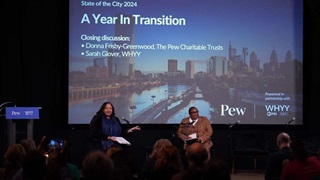Eelgrass Meadows Power Biodiversity and Climate Resilience, but Need Protection
New study underscores benefits of these habitats to wildlife and people

As West Coast states look to develop and implement plans that make coastal communities more climate resilient, policymakers should look to eelgrass meadows and other tidal wetland habitats to play a critical role in that effort. These habitats capture and store carbon, filter excess nutrients from the water, produce oxygen, and help protect coastal communities from floods and storm surge. Healthy eelgrass meadows also provide vital habitat for salmon, Dungeness crab, and other wildlife that are important to the region’s economy.
Marine scientists Melissa Ward and Kathryn Beheshti recently published a first-of-its-kind analysis of eelgrass restoration and mitigation projects that offers important lessons and recommendations for natural resource managers. The study, which is publicly available in Ecosphere, a journal of the Ecological Society of America, examined 82 West Coast restoration projects spanning 30 years. Here are some key takeaways from their research.
Mitigation is an uncertain, risky prospect for the climate.
Natural resource managers often seek to offset, or mitigate, the potential environmental damage from a project—for example, building a dock or dredging—by protecting or restoring another area. Managers of eelgrass and other wetland areas often do this to comply with state or federal laws requiring "no net loss" or a "net gain" in the size of those habitats.
But this trade-off doesn't often succeed in replacing lost benefits to people and nature. Ward and Beheshti's work shows that the gains from such an approach are, at best, an uncertain substitute for what is damaged. Their research found that 32.3% to 59.6% of restoration efforts failed to achieve the stated conservation goals of the project. These results underscore why Pew advocates for avoiding damage in the first place, enacting new protections and—where feasible—helping to restore degraded coastal wetlands and eelgrass.
However, attempting to mitigate damage to eelgrass meadows also carries climate risks. Healthy eelgrass beds store high quantities of carbon in their sediment—carbon that is sequestered over millennia. "Dredging, trawling, or degrading a meadow can lead to a loss of these long-standing carbon stores," the authors state. And, they add, in trying to compensate for that by creating or restoring a commensurate mitigation meadow, “it is inconceivable that [the] eelgrass will recover a comparable climate mitigation function if the impacted meadow represented 1,000 years of carbon storage."
Climate resilience requires scientific rigor in management.
Natural resource managers protect and restore habitats such as eelgrass not only to maintain the quantity of a specific habitat but also its quality in providing ecosystem services, including flood protection, carbon storage, water filtration, and nursery grounds for commercially and recreationally important fish and wildlife. However, despite many efforts to restore or mitigate the loss of eelgrass, research by Ward and Beheshti reveals that little is known about the success of these projects in terms of maintaining functions and services. Of the 82 restoration projects reviewed, only 18 measured one or more ecosystem function criteria.
"Functions and services of interest should be measured directly when possible, rather than assumed to return upon restoration," the study authors say. They add, "As governments and resource managers make commitments to recover multiple ecosystem benefits and meet sustainable development goals via restoration, understanding these relationships is essential.”
Accessible, standardized data on eelgrass is lacking.
Ward and Beheshti cite the lack of data access as a significant barrier to improving eelgrass management. Because a large portion of the eelgrass restoration projects they studied along the West Coast were conducted by private entities to meet mitigation requirements, this data is often proprietary or not publicly available. "The effort required to track down, extract, and coalesce data from individual practitioners, websites, and consulting repositories should not be the standard for knowledge building," the authors say. They recommend that all eelgrass restoration project data from private and public entities be standardized and made publicly available, and that consultants conducting mitigation projects have incentives to do so.
Eelgrass can help build resilience to the impacts of climate change
The federal government and all three West Coast states are developing policies and plans to build resilience to the impacts of climate change, including harnessing the power of natural ecosystems such as eelgrass. The analysis from Ward and Beheshti can inform the following efforts and more:
- California is implementing Assembly Bill 1757, which will determine specific targets for nature-based climate solutions, including protection and restoration of eelgrass meadows. Pew and partners recently weighed in with their recommendations.
- Oregon may also develop targets to conserve and restore eelgrass and other blue carbon habitats as part of its recently enacted natural climate solution bill, part of HB 3409. And the state is updating its management plans for estuaries, which are home to eelgrass and other important tidal wetland habitats.
- In Washington state, the Department of Natural Resources is at work on a statewide Kelp Forest and Eelgrass Meadow Health and Conservation Plan to conserve and restore at least 10,000 acres of kelp forest and eelgrass meadow habitat by 2040. The final plan is due to the Legislature on Dec. 1.
- The federal government, through the Ocean Climate Action Plan, is committed to conserving and restoring coastal habitats such as eelgrass to help mitigate ocean acidification and slow climate change. Last year, the National Oceanic and Atmospheric Administration (NOAA) finalized its Mitigation Policy for Trust Resources, which guides mitigation for eelgrass and other habitats. And Pew and NOAA have partnered to better define the ecological value of eelgrass and other nearshore habitat.
Steve Marx is a senior officer, Brett Swift is a manager, and Jos Hill is a project director on The Pew Charitable Trusts’ U.S. Conservation Project.
Spotlight on Mental Health
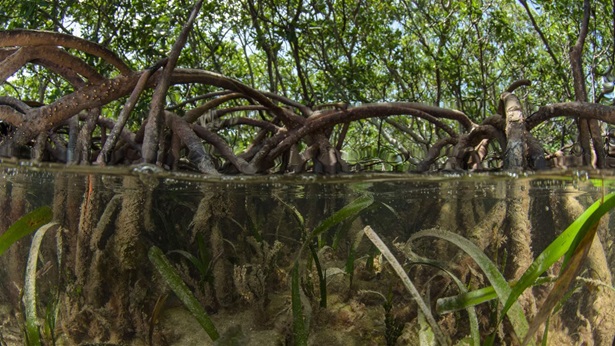
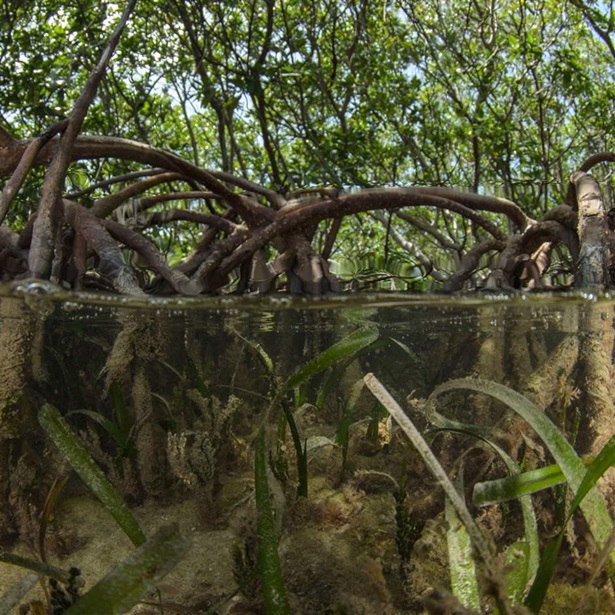
'Blue Carbon': An Ally in Fighting Climate Change


Eelgrass Is Essential to Ocean Health
MORE FROM PEW
Explore Pew’s new and improved
Fiscal 50 interactive
Your state's stats are more accessible than ever with our new and improved Fiscal 50 interactive:
- Maps, trends, and customizable charts
- 50-state rankings
- Analysis of what it all means
- Shareable graphics and downloadable data
- Proven fiscal policy strategies
Welcome to the new Fiscal 50
Key changes include:
- State pages that help you keep track of trends in your home state and provide national and regional context.
- Interactive indicator pages with highly customizable and shareable data visualizations.
- A Budget Threads feature that offers Pew’s read on the latest state fiscal news.




